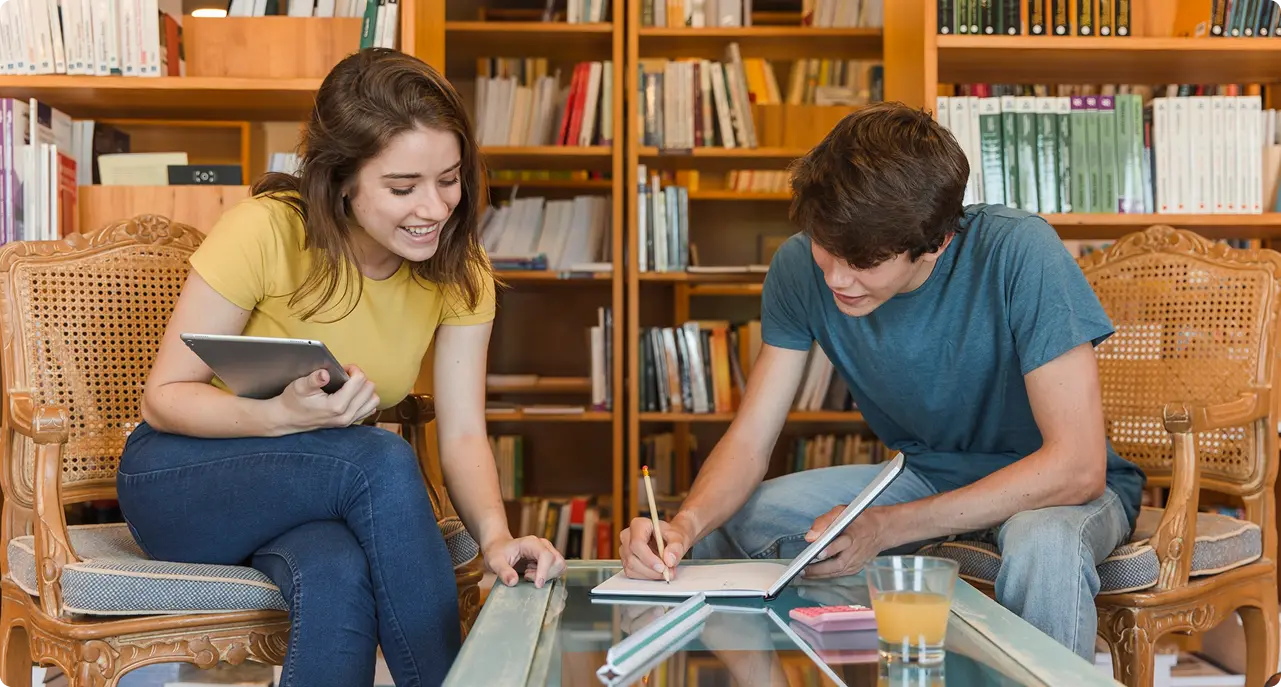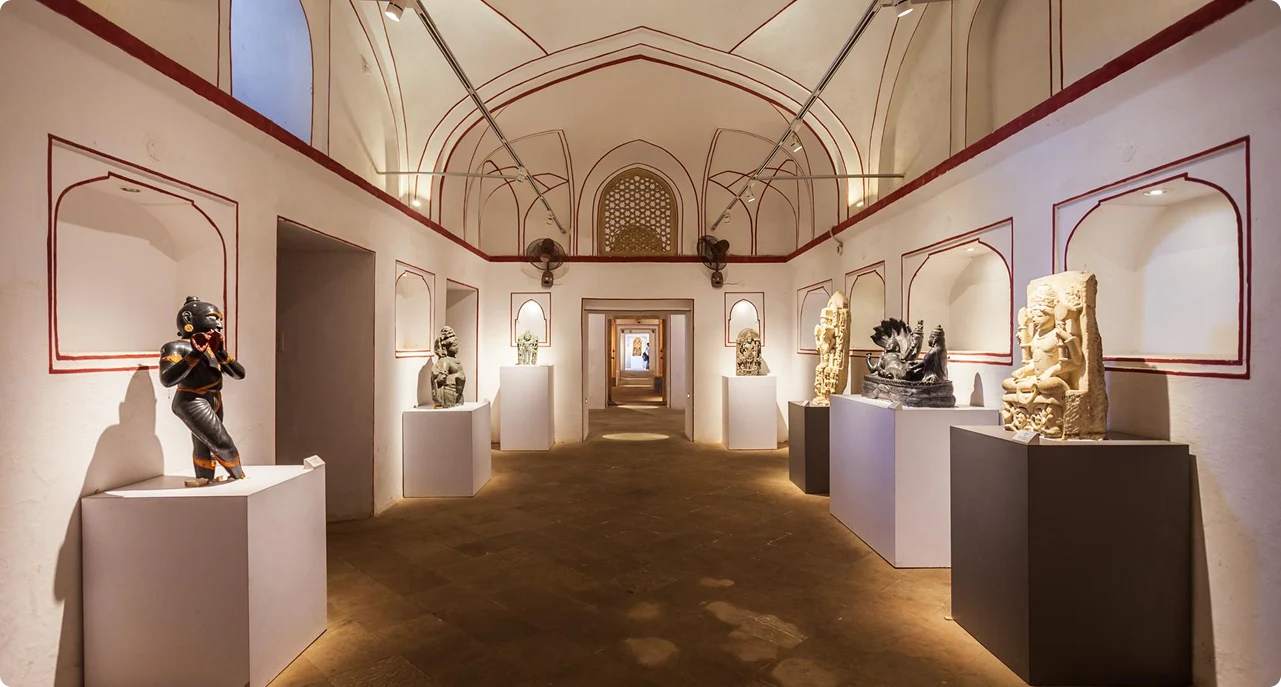7th Grade History Overview
Crowden School
Course Description
Seventh graders will explore the medieval and modern world—its societies, empires, governments, cultures, religious beliefs, ideologies, and technological advancements. The primary goal is to place these histories into context and emphasize their relevance to our world today.
Course Structure
Texts & Materials
Main Textbook: Across the Centuries (Houghton Mifflin)
Additional Resources: Selected publications, articles, and primary sources
Class Format
Lectures & Slideshows (with note-taking)
Class Discussions & Reflection (developing critical thinking)
Labs & Activities to analyze historical documents and sources
Note-Taking Requirements
A spiral-bound notebook for lecture notes
A binder or sleeved folder for handouts, maps, and student work
Notebooks will serve as a comprehensive resource throughout the year

Assignments & Assessments
Research Papers
- Emphasis on critical thinking and synthesis of information
- Topics guided by Greg, with rubrics provided in advance
Class Projects
- Individual or group presentations involving:
- Art, role-play, multimedia, model-making
- Balanced with research and sometimes a written component
- Each project requires an approved proposal
- Graded using a detailed rubric
Homework & Classwork
- Assignments completed mostly in class
- Homework may include:
- Supplemental reading or research
- Follow-up quizzes or incorporation into a test
Tests & Quizzes
- Unit reviews conducted before each assessment
- Test dates posted on ThinkWave one week in advance
- Study guides created during review sessions
- Mid-terms and finals may be either exams or research papers, depending on the unit
Grading
- Straightforward point system for quizzes and tests
- Rubric-based grading for research projects
- Study guides created during review sessions
- Emphasis on concept mastery and critical analysis
Geography
- Taught concurrently with each historical unit

Course Units Overview
Part One: Early Civilizations & Empires
Early Travel and Cross-Cultural Connections
Travel methods (150–1500), technological advances, mapping
Byzantine Empire (Earlier Empire)
Constantine, Justinian, “Justinian Code”, art, architecture, religion
Islamic Civilization
Life of Mohammed, Islamic expansion, Golden Age, global influences
Africa
Village life, Mali/Songhai/Ghana, Bantu migration, trading states, European trade impact
Mongol Empire
Rise and culture of the Khans, rapid empire expansion
China
Late Han Dynasty, Confucianism/Daoism/Buddhism, reunification (Tang, Sui), Ming & Qing dynasties
Japan
Geography, early culture, Chinese influence, feudalism, shoguns, Kyoto court
The Mughal Empire
Geography, Hindu-Muslim divide, rulers (Babur to Shah Jahan), Taj Mahal, miniature painting, Hindu deities
Ottoman Empire
Ghazi warriors, Sultans, Janissaries, possible live lesson from Budapest
Civilizations of the Americas
• Mesoamerica: Olmec, Mayan civilization
• South America: Tiwanakan, Moche, student-directed Inca or Aztec project
• South America: Tiwanakan, Moche, student-directed Inca or Aztec project

Part Two: Europe & the Early Modern World
Post-Roman Europe
Feudalism, towns, Church power, Magna Carta
Church Power in Western Europe
Monastic life, universities, art, sacraments, cathedral-building
Byzantine Empire (Later Empire)
Trade, religious schisms, decline
The Crusades
Context and impact of religious conflict
Late Middle Ages & Renaissance
Black Plague, centralized monarchies, technology, Hundred Years’ War
Italian Renaissance
Revival of Greek/Roman culture, science, humanism, Medici legacy
Northern Renaissance
Differences from Italy, printing press, literature, scientific ideas
Decline of Church Authority
Indulgences, early reformers, spiritual movements
Reformation & Counter-Reformation
Luther, Calvin, Augsburg, Inquisition, Protestant spread
Scientific Revolution
Methodology, conflict with religious authority, shifting worldviews
Age of Exploration
Changing geography and world perspectives
Enlightenment Ideas
Impact on Europe and the New World, emerging ideologies